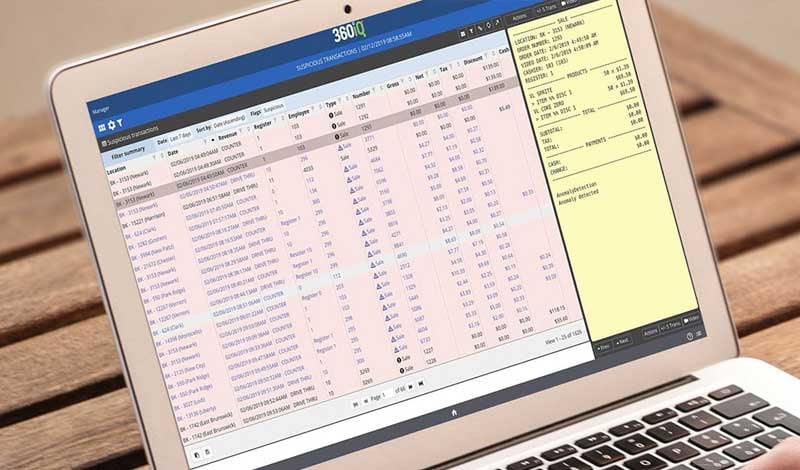
REDUCE YOUR SHRINK – ARE YOU FOLLOWING THESE 7 BEST PRACTICES?
45% of your shrink is thanks to your employees! *
While the amount and type of internal theft can vary greatly the fact is: if they think they can get away with it, they just might try. Knowing that 75% of all employees have stolen from their employer at one time or another is proof. So stop worrying about the shoplifters and arm yourself with the knowledge and practices to keep your staff motivated, honest, and contributing to your bottom line - not hurting it. *
Here are the 7 BEST ways to deter your employees from stealing from you
 1. Policies and Procedures
1. Policies and Procedures
Handling cash, having store keys, and authorizing transactions through the POS system are privileges and responsibilities of your managers. Access to the backroom, taking out the trash and a less than secure location are all tempting opportunities to sneak something out. Placing controls around who, when, and how these situations should be handled and enforcing them help reduce employees’ opportunities for dishonesty as well as quickly flag if a loss has occurred.
2. Inventory Control / Cycle Counts
Half the battle is awareness. Conducting perpetual inventories and/or cycle counts ensures that your team is aware you’re tracking merchandise inventory and addressing any shortages routinely and quickly. This shows employees that the company has controls in place and losses will be identified in a timely fashion.
* National Retail Federation 2019 Security Survey
* Forbes.com 2018
3. Camera Systems
Employees are less likely to steal if they know they’re being watched. Place cameras in critical areas that lend themselves to potential theft like cash registers, entrances/exits, stockrooms, cash handling areas. Having a system with remote video monitoring capabilities provides even more of a deterrent by providing visibility into stores on any given day/time.
4. Audit Program
With policies and procedures in place, as mentioned in #1, assessing your team’s compliance with them is critical. Regular audits of compliance with company policies will determine if training opportunities exist. Common areas to audit are operations, inventory control, physical security, cash compliance, and employee awareness. Audits can be conducted on-site or remotely through reviews of surveillance video. With your teams knowing of and participating in these audits, you are creating an additional deterrent for internal theft.
5. Exception Based Reporting
Tracking transactions don’t have to be manual. Let a savvy system like an exception-based reporting tool scan your point of sale and quickly identify possible fraudulent transactions, such as excessive refunds, voids, cancels, deletes, and other high-risk transactions. Exception-based reporting systems aren’t only able to identify potential internal theft but also provide a deterrent for employees that are tempted to steal in this manner.
6. Business Abuse / Employee Tip Line
Not all employees are dishonest. Provide a confidential/anonymous way for employees to report suspicious behavior. A business abuse line is typically available 24/7 and answered by trained operators. When your employees feel comfortable having the means to be able to provide information regarding internal theft without feeling they are “telling” on someone they will be more likely to report possible internal theft. Having a business abuse line that is easily accessible lets all employees know that if they are doing something wrong it is likely someone will report it.
7. Training and Awareness
Provide employees with training and awareness on shrink and the various ways it occurs. Educate them on common day-to-day procedures that offer the most risk for theft and the policies and procedures in place to ensure theft does not happen. Employees that are aware of internal theft and how to detect, prevent and report it will deter employees from attempting to steal. A good training and awareness program is an important if not the most important deterrent to internal theft.
While it may seem like common sense to train your employees, have security measures in place and enforce your policies and procedures — the reality is these are challenging to implement with limited resources and busy locations. Let the professionals and technology help, there are limitless tools and systems out there to make your stores smarter and support your existing teams with executing training, audits, and more.
Which of the above have you not yet implemented or would you like to do better?
DTiQ with LPI services can help.











Comments